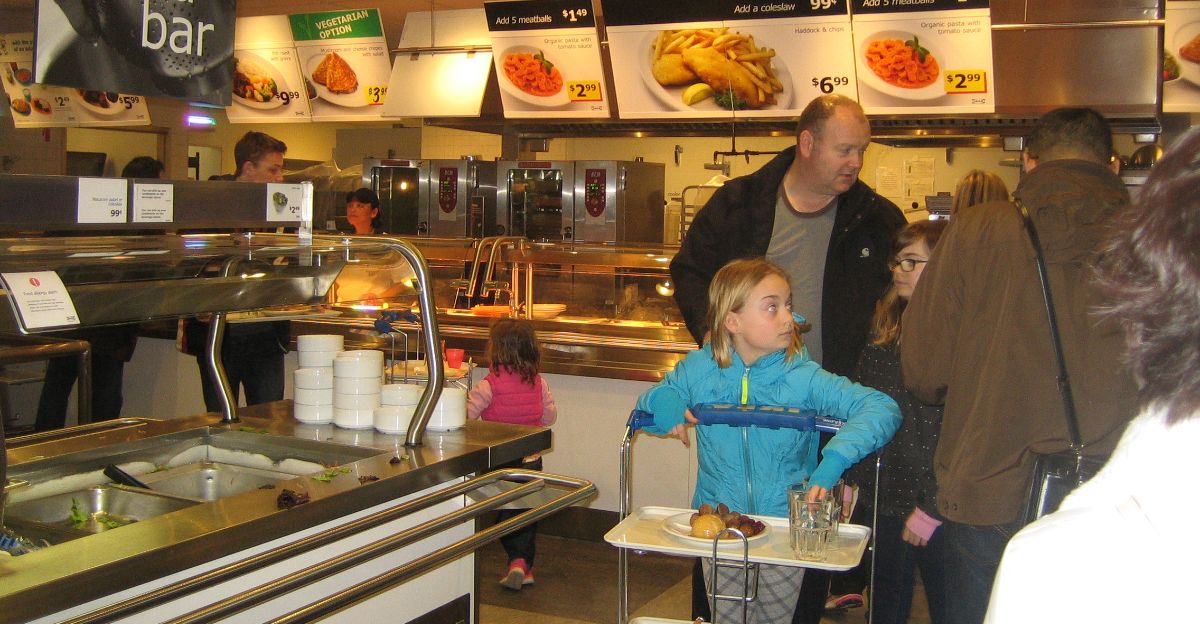
As grocery bills rise and families tighten their belts, IKEA’s decision to halve restaurant prices and offer free meals to kids is more than an out-of-the-box promotion; it’s a direct intervention in the cost-of-living crisis.
While politicians debate relief and economists parse inflation, millions just feel the squeeze, with food prices up 25% over four years in some places. By slashing weekday meal costs and providing children with free meals, IKEA is not just selling meatballs but also giving families a break they desperately need.
The action raises a provocative question: Can a store cafeteria be a frontline response to economic hardship?
Why Families Are Feeling The Squeeze And Need Relief Now
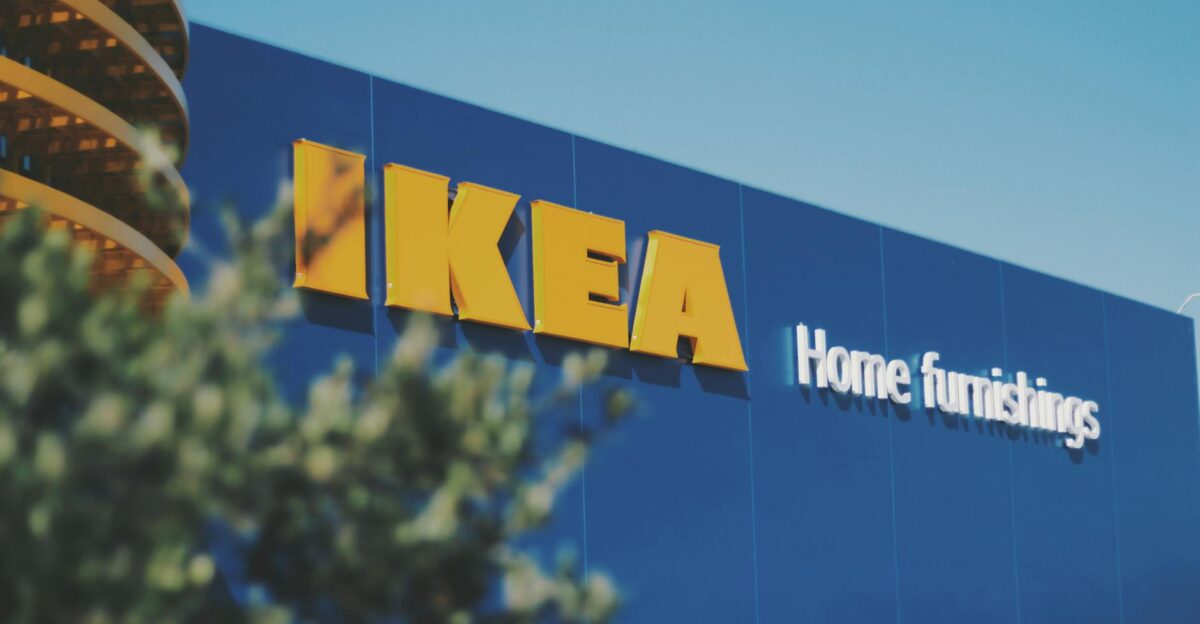
The cost-of-living crisis is not a news headline but a daily grind for families worldwide. South African consumers, for example, have suffered three consecutive months of food inflation, with staple foods taking bigger and bigger chunks out of their incomes.
The past four years in Europe saw a staggering 25% rise in overall prices, outpacing wage increases by a wide margin. When even eating lunch out is a luxury, IKEA’s price cuts and free kids’ meals directly address a pain that paychecks and governments haven’t been able to solve.
IKEA’s Approach Goes Beyond Offering Bargain Meals
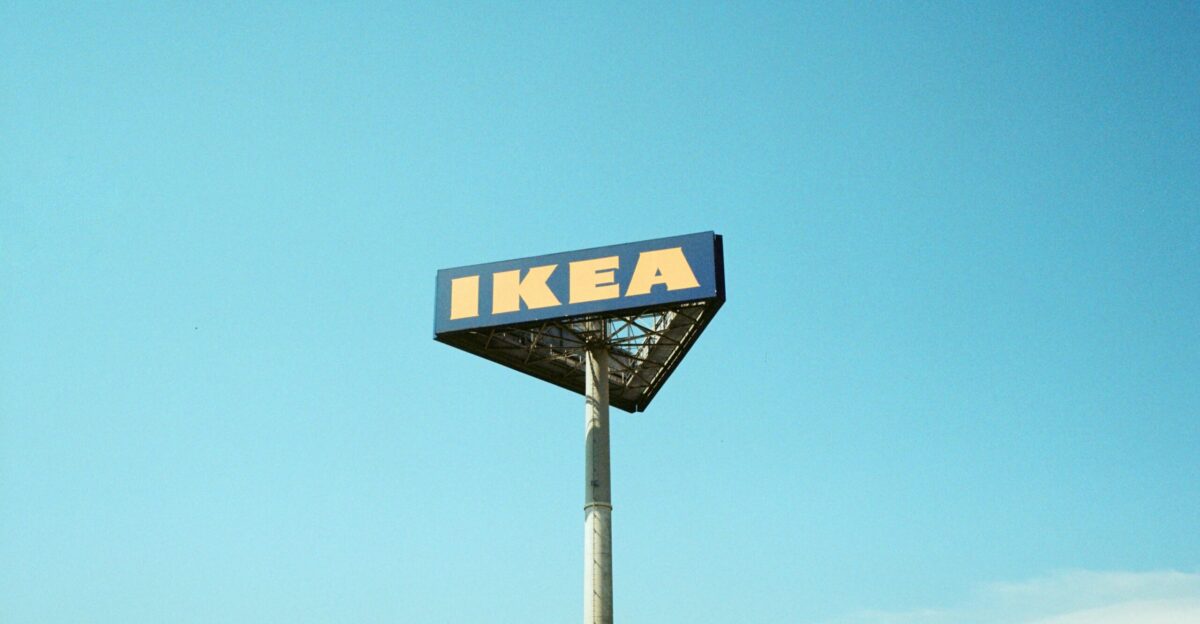
IKEA’s move isn’t random benevolence. By cutting the price of meals in half and targeting families with free children’s meals, the company is following a carefully considered strategy to boost footfall and loyalty, and position itself as a champion of the ordinary consumer.
With hundreds of millions of individuals visiting IKEA restaurants annually, even a temporary price cut can impact consumer behavior and perception.
The firm’s management eagerly frames offering this as both a customer service move and a commercial capture tactic, betting that goodwill and return visits will pay off in the long run.
Understanding The Psychology Behind Effective Food Offers
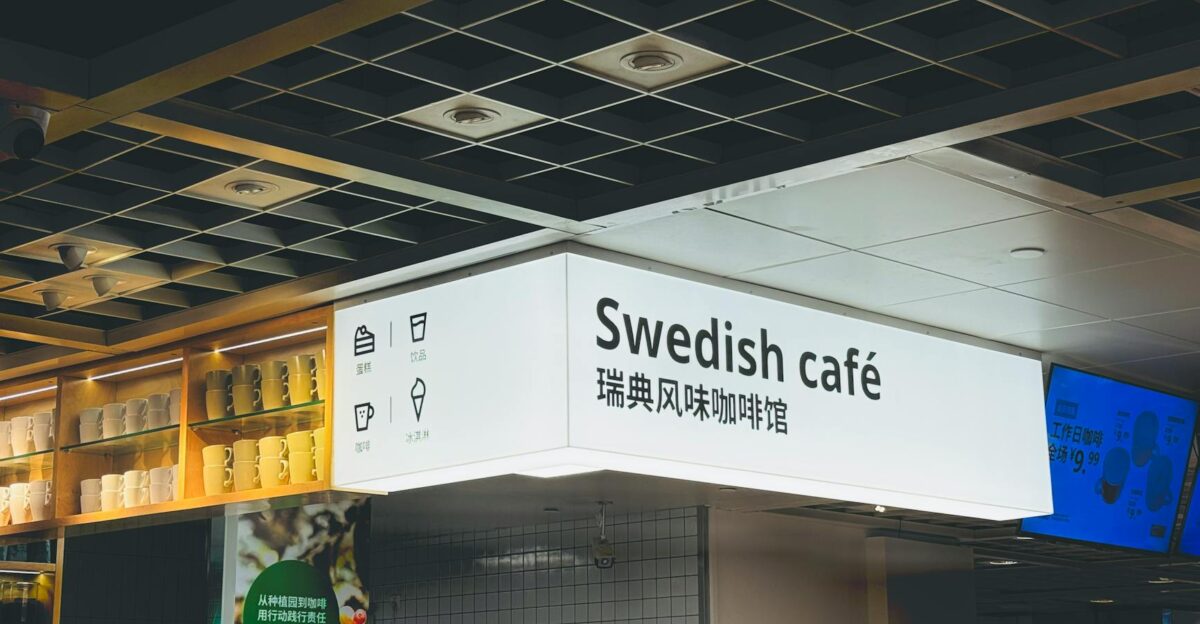
When uncertainty rises, family spending plummets, especially on discretionary categories. Food differs from other products because it establishes emotional connections while serving essential social purposes.
Through its pricing strategy, IKEA delivers inexpensive meals to families, activating emotional responses based on basic needs becoming accessible. This situation relates to the preservation of human dignity through everyday experiences during times of economic instability.
Research indicates that modest changes in food prices trigger significant alterations in consumer habits and health outcomes.
Why IKEA’s Concern Is Contrary To Retail Trends

While other stores surprise customers with price increases or reduced servings, IKEA is lowering prices and expanding its menu with improved and healthier offerings. This is a typical contrarian approach: invest and provide more while others retreat.
The company achieves market share growth and brand development by opposing market trends while demonstrating that customer focus is an operational strategy rather than empty words.
The Loss Leader Gambit: Short-Term Pain, Long-Term Gain?
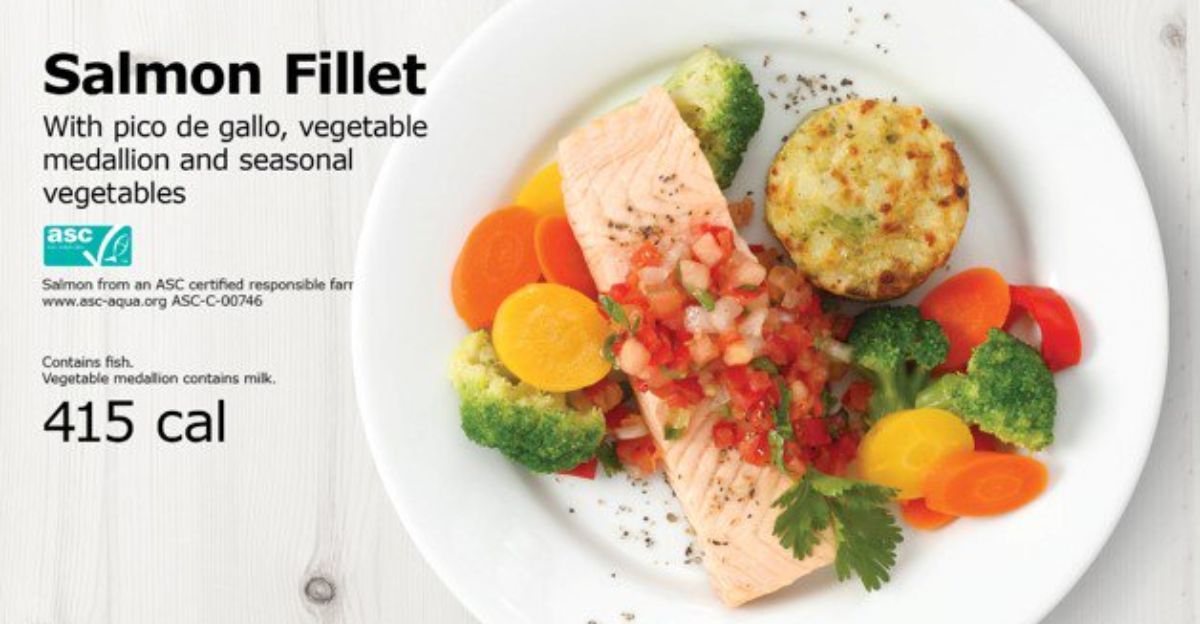
Confident analysts question whether IKEA’s strategy creates confusion regarding the distinction between business ethics and commercial expertise. By responding to a genuine social need, affordable meals for families, the company raises its profile and accrues emotional capital with consumers.
It recalls effective initiatives from other retailers, such as Greggs and H&M, that discovered that good can indeed be good business. In a world increasingly asking for authenticity and difference, IKEA’s action is timely and shrewd.
Social Responsibility or Smart Marketing?

IKEA’s action blurs the difference between corporate social responsibility and good marketing. By fulfilling a genuine social need, affordable family dinners, the firm boosts its image and builds emotional capital with customers.
This strategy looks back to successful initiatives by other retailers, including Greggs and H&M, who realized that good was also good business. In a world where customers increasingly demand authenticity and persuasiveness, IKEA’s move is timely and deliberate.
Could This Incite Competitors To Copy?
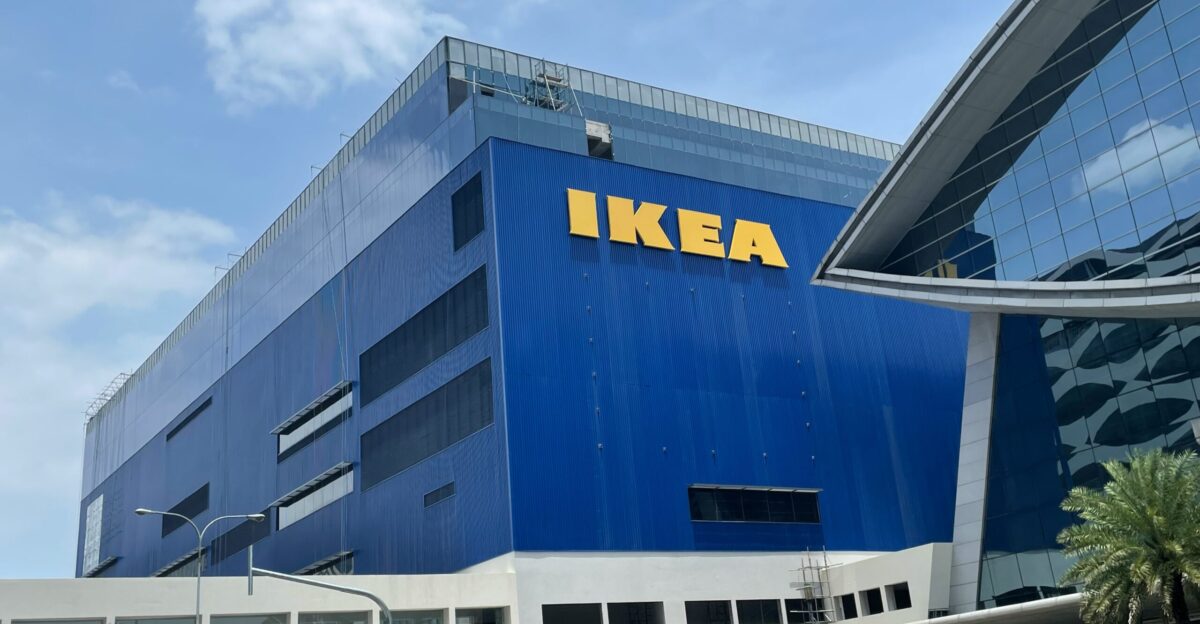
If IKEA’s risk pays off, it sets a new benchmark for whether its lowering of food prices is a loss leader, a conscious short-term sacrifice to drive higher-margin sales in other categories.
By bringing families in for low-priced meals, IKEA increases the likelihood they’ll be purchasing furniture, household goods, and impulse buys. Historical examples, from supermarkets to cinema houses, show that subsidized food can drive customer loyalty and total revenue growth.
The risk? If quality or perception of value starts to fade, the strategy will short-circuit, harming loyalty instead of building it.
Beyond The Cafeteria: Potential Social and Economic Impact
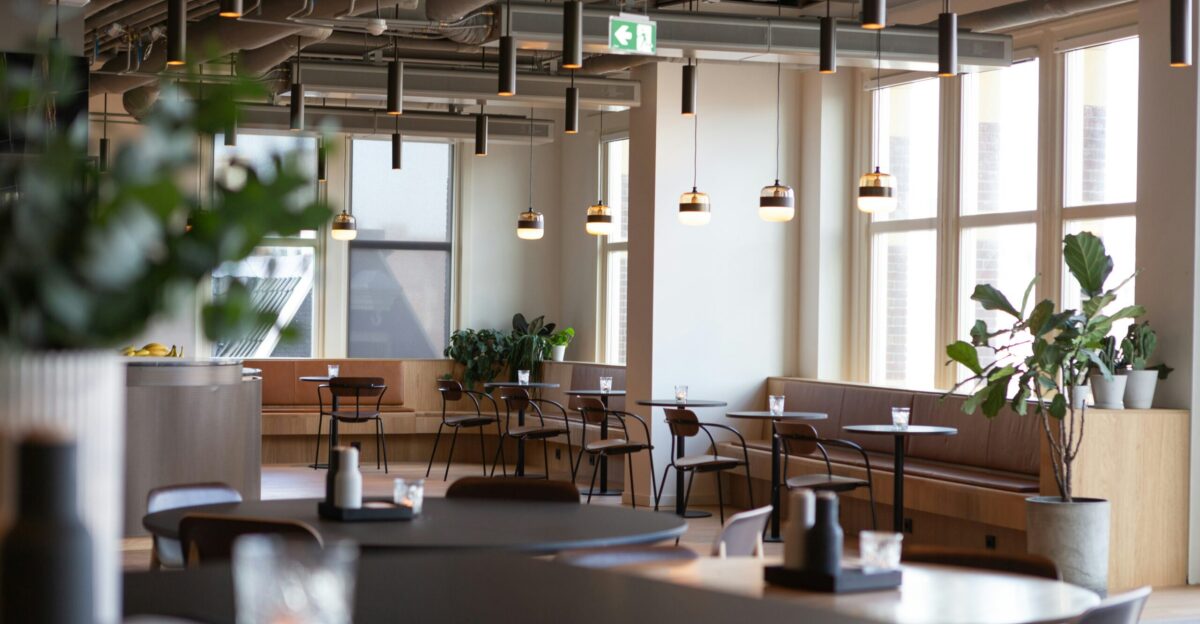
IKEA’s decision will create extensive third-order effects, which could be deeply transformative. The company could improve nutrition levels and decrease food insecurity while positively influencing public health through inexpensive healthy food options.
Struggling families making ends meet receive significant support through free children’s meals because these provide essential nourishment. If other corporations follow suit, the private sector may be a critical partner in combating food poverty and restoring consumer confidence in uncertain times.
A Risky Bet That Can Transform Retail

IKEA’s invitation to reduce restaurant prices by half and provide free food for children is not a marketing stunt. It is a contrarian, risky bet on compassion, size, and strategic timing. This move compels competitors and policymakers to rethink how businesses can serve society in the context of economic fear and shrinking wallets.
Successful implementation could lead to an industry-wide adoption of customer-centered methods, demonstrating that business success can have positive effects rather than creating competition between business objectives and philanthropic goals. The ultimate test? Whether others will be bold enough to do the same.
